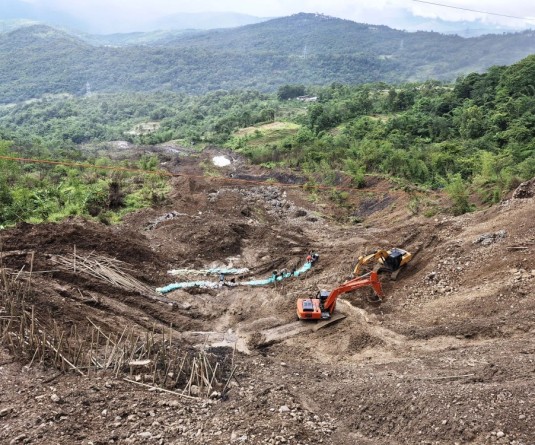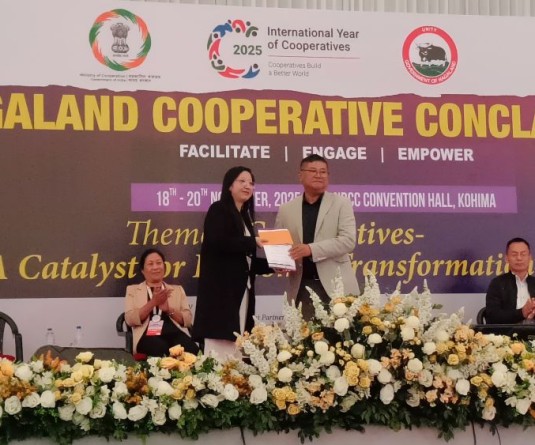
Our Correspondent
Kohima | July 2
A total of 1624 agricultural establishments were recorded in Nagaland during Sixth Economic Census, Nagaland.
Out of these, 1439 (88.61%) were from the rural areas and 357 (11.39%) were from the urban areas, according to the latest publication of Sixth Economic Census, Nagaland, brought out by Directorate of Economics & Statistics.
Further, 3233 persons were employed, with 2876 persons in the rural areas and 375 persons in the urban areas.
Agricultural establishments are those that are engaged in production of agricultural goods (other than crop production, & plantation by the farmers or a group of farmers or any agency), agricultural services hunting, trapping & game propagation where at least some part of the production or services is sold out.
Activity wise, the number of establishments were the highest in livestock sector with 62.99 per cent and the least was activity relating to agriculture other than crop production and plantation with 4.00 per cent.
From the census it emerges that forestry and logging are predominantly rural activity, showing 364 units in rural areas as against 46 units in the urban areas.
Employment wise livestock employs 59.45 per cent within the agricultural activity followed by forestry & logging.
Within the agricultural activities, Mon district has the highest percentage of employees with 18.81 percent followed by Kohima district, whereas it is recorded highest in the rural areas in agricultural activity with almost all the districts recording above 80.00 per cent except Mokokchung district which showed 55.77 per cent in rural areas and 44.33 per cent in urban areas.
It also shows that Mon district has the highest number of employees engaged in forestry and logging with 384 persons, both rural and urban combined.
Gender wise employment in establishments both hired and non-hired, the percentage in the agricultural activities is dominated by males (75.05 per cent), while females are 24.96 per cent. Comparatively, the share of female employment is more in the livestock sector with 31.43 per cent as against 68.57 for males. In the other activities, employment of males is above 70.00 per cent and female share is less than 30 per cent.
Out of 3233 persons employed, the number of male employees was 2426 and female employee was 807 across various activities.






